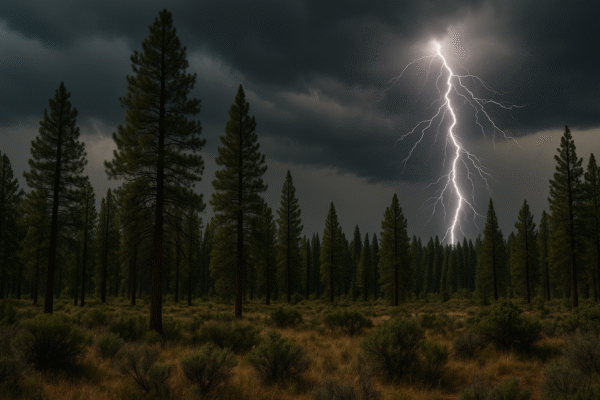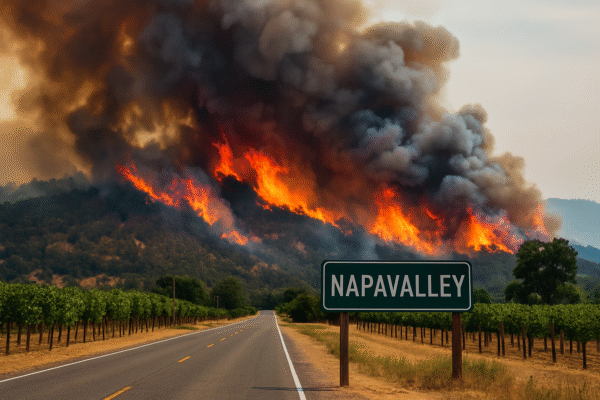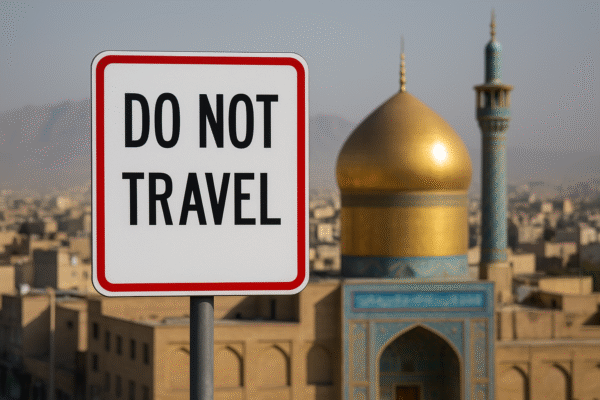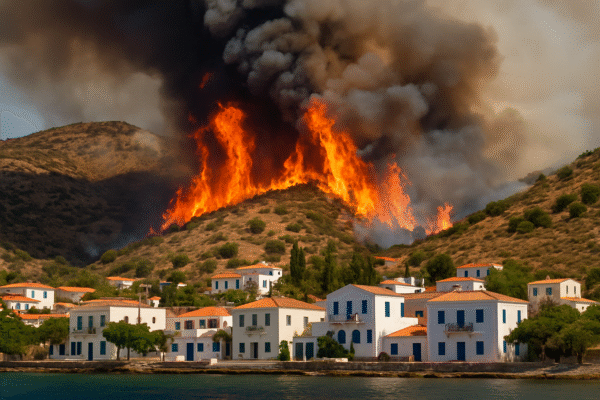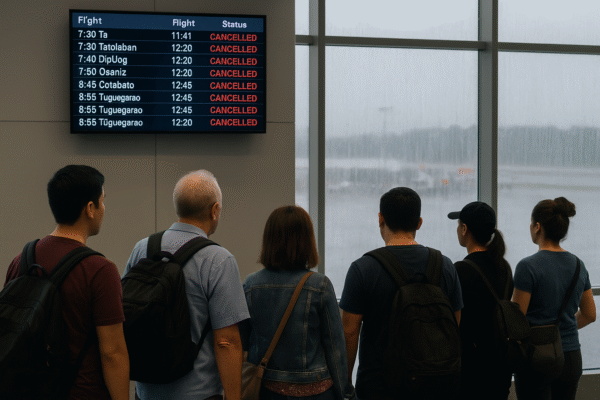A Red Flag Warning has been issued for the Willamette National Forest, covering both the Northern (Zone 689) and Southern (Zone 690) areas, from 9 a.m. to 9 p.m. PDT on August 26, 2025. This warning alerts visitors to a dangerous combination of scattered thunderstorms, dry fuels, and high atmospheric instability—a trio that can dramatically accelerate wildfire ignition and spread.
Forecasters estimate around a 25% chance of thunderstorms, with only a 10–20% chance of rain sufficient to wet the ground. Most storms are likely to produce dry lightning and strong outflow winds up to 40 mph, which can travel miles from storm cores and spark erratic, fast-moving fires. The synergy of these perils makes the forest a volatile environment for tourists this afternoon and evening.
What Visitors Need to Know
This alert holds particular importance for tourists planning to explore Oregon’s famed outdoor escapes—Silver Falls State Park, McKenzie River Scenic Byway, Sparks Lake, and hiking trails deep within the Willamette National Forest. These regions, celebrated for their lush landscapes and seasonal beauty, now stand at heightened fire risk.
Why the situation is serious:
- Dry vegetation intensifies susceptibility to ignition.
- Lightning without rain can start fires rapidly.
- Unpredictable winds may fan flames into unanticipated paths.
Safety Action Plan for Tourists
If you’re visiting or planning to explore the area today, consider modifying your itinerary with safety as your top priority. Here are essential precautions:
- Stay Updated: Regularly monitor the National Weather Service (Portland) for evolving fire alerts.
- Avoid High‑Risk Zones: Refrain from hiking or camping near dry vegetation, especially under stormy skies.
- Heed Closures & Restrictions: Check the USDA Forest Service Willamette NF website for fire‑related closure updates and road restrictions.
- Prepare an Emergency Kit: Include water, first‑aid supplies, non‑perishable snacks, and a fully charged mobile phone.
- Have an Evacuation Plan: Familiarize yourself with local escape routes and shelters in case officials issue evacuation notices.
- Avoid Open Flames: Postpone campfires or cooking with fire until warnings expire.
Why Now: Thunderstorms and Fire Behavior
The Red Flag Warning stems from a confluence of factors particularly hazardous in forest terrain:
- Scattered thunderstorms, combined with critically dry fuels, raise the probability of wildfire ignition—especially from lightning.
- Outflow winds, capable of reaching 40 mph, can displace embers tens of miles and ignite fires far from storm cells.
- Atmospheric instability, marked by elevated mixing heights, can create pyroconvective activity—where wildfires create their own weather patterns, including sudden bursts of wind and fire growth.
Broader Context & Visiting Insights
The natural appeal of Willamette National Forest is unmatched: from soaring waterfalls and moss‑draped pines to remote hikes in the Three Sisters Wilderness. However, the summer season also brings increased wildfire risk—often sparked by lightning and fueled by pin‑dry foliage.
- The Emigrant Fire, ignited by lightning on August 24, 2025, swiftly consumed over 1,200 acres, highlighting how rapidly fires can escalate under unstable, dry, and windy conditions. Fire crews are actively suppressing it southwest of Indigo Springs Campground. Visitors are urged to steer clear of that area for public and firefighter safety.
Alternate Options for a Safe Oregon Visit
If your heart is set on experiencing Oregon’s natural beauty today, consider these safer alternatives:
- Drive scenic routes such as the McKenzie River Byway with limited stops; avoid venturing off-road into risky terrain.
- Choose lower-risk parks or urban destinations, like coastal areas where fire conditions are diminished today.
- Postpone longer hikes or camping until this afternoon and evening pass without incident—or until the Red Flag Warning is lifted.
Final Word: Safety Means Enjoyment
For travelers heading to Oregon’s forested trails today, flexibility and preparedness are paramount. Prioritize safety—keep discussions with land managers open, adjust plans in real time, and watch for updates. That vigilance ensures both your personal well-being and the preservation of Oregon’s majestic wildlands.
May your journey remain memorable—for the right reasons. Stay cautious, stay informed, and protect both yourself and the forest’s future.
For more travel news like this, keep reading Global Travel Wire




